Economic Incentive Structures
In this research, a theoretical analysis framework of waste prevention will be developed based on transaction-cost-based concepts[1] and the mode of action of formal and informal rules identified as relevant will be validated in empirical research. The focus is on transaction costs of using market mechanisms, particularly in the collection, validation and processing of information, which, in contrast to the neoclassical theory of perfect markets, seems to be a significant barrier to the prevention of waste.
- How can the economic benefits of packaging waste prevention measures be systematically presented and recorded?
- Which barriers and incentive structures arise from the distribution of these benefits along the value chain – who would have to invest, who would benefit?
- Which measures can be used to prevent packaging waste in a particularly cost-efficient manner? What conclusions can be drawn from this for public measures to prevent packaging waste?
[1] Vgl. Caballero, Miguez Gonzalo, & Garza Gil, María Dolores. (2011). The new institutional economics and the economics of natural resources: Commons, institutions. Governance and institutional change. Economía Agraria y Recursos Naturales – Agricultural and Resource Economics, [S.l.], p. 61-91, Oct. 2011. ISSN 2174-7350.
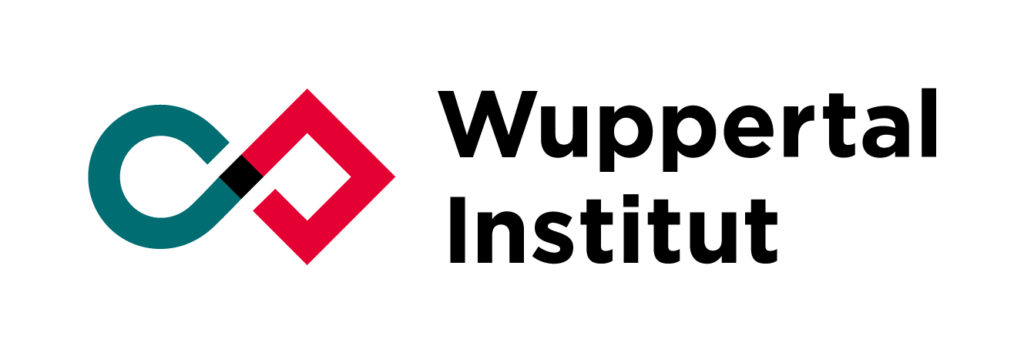
Dr. Henning Wilts
Döppersberg 19, 42103 Wuppertal
Germany

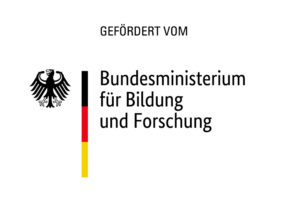 Bundesministerium für Bildung und Forschung
Bundesministerium für Bildung und Forschung Technische Universität
Technische Universität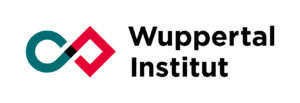 Wuppertal Institut für Klima, Umwelt, Energie gGmbH
Wuppertal Institut für Klima, Umwelt, Energie gGmbH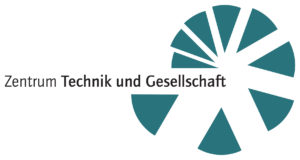 Zentrum Technik und Gesellschaft, TU Berlin
Zentrum Technik und Gesellschaft, TU Berlin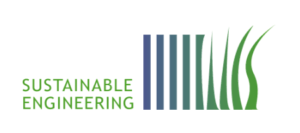 Fachgebiet Sustainable Engineering, TU Berlin
Fachgebiet Sustainable Engineering, TU Berlin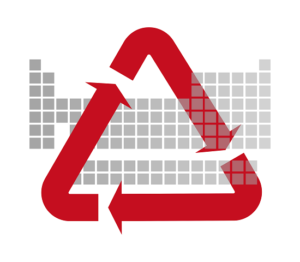 Fachgebiet Kreislaufwirtschaft und Recyclingtechnologie, TU Berlin
Fachgebiet Kreislaufwirtschaft und Recyclingtechnologie, TU Berlin